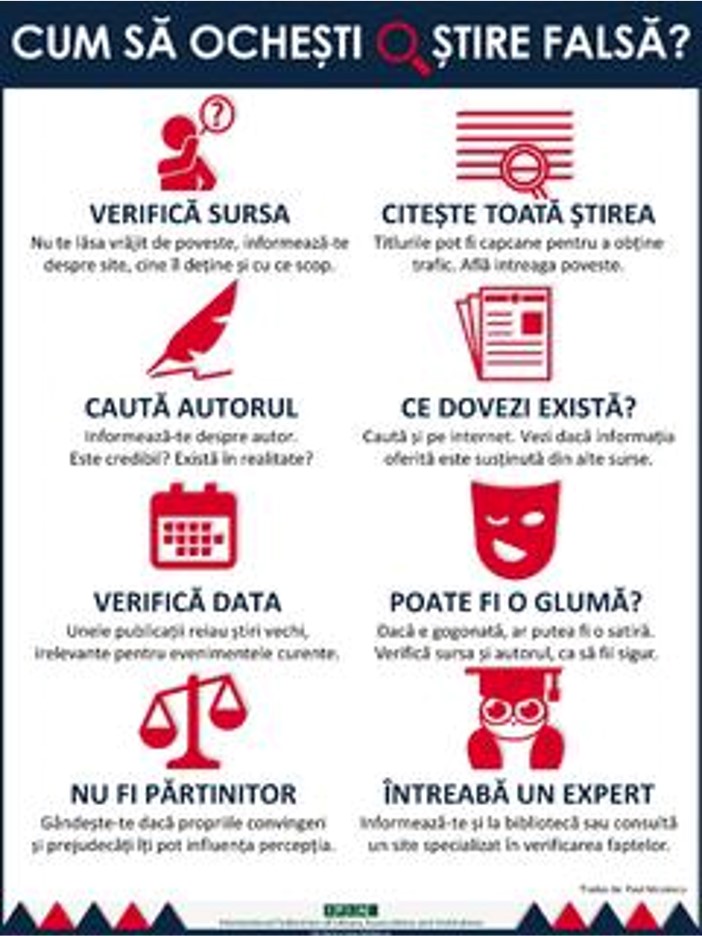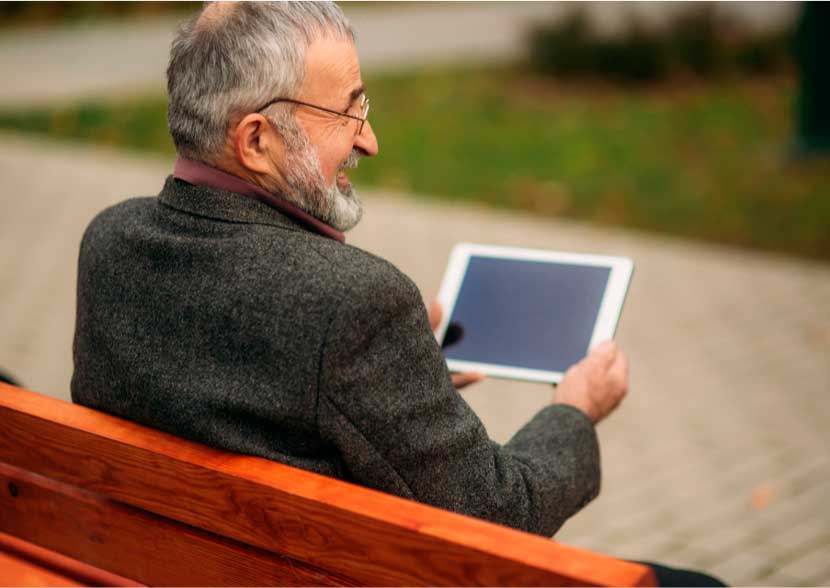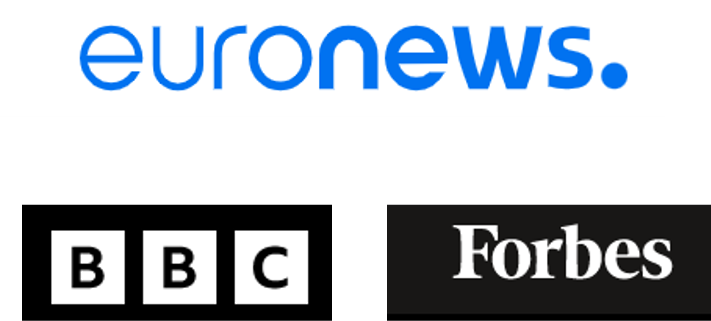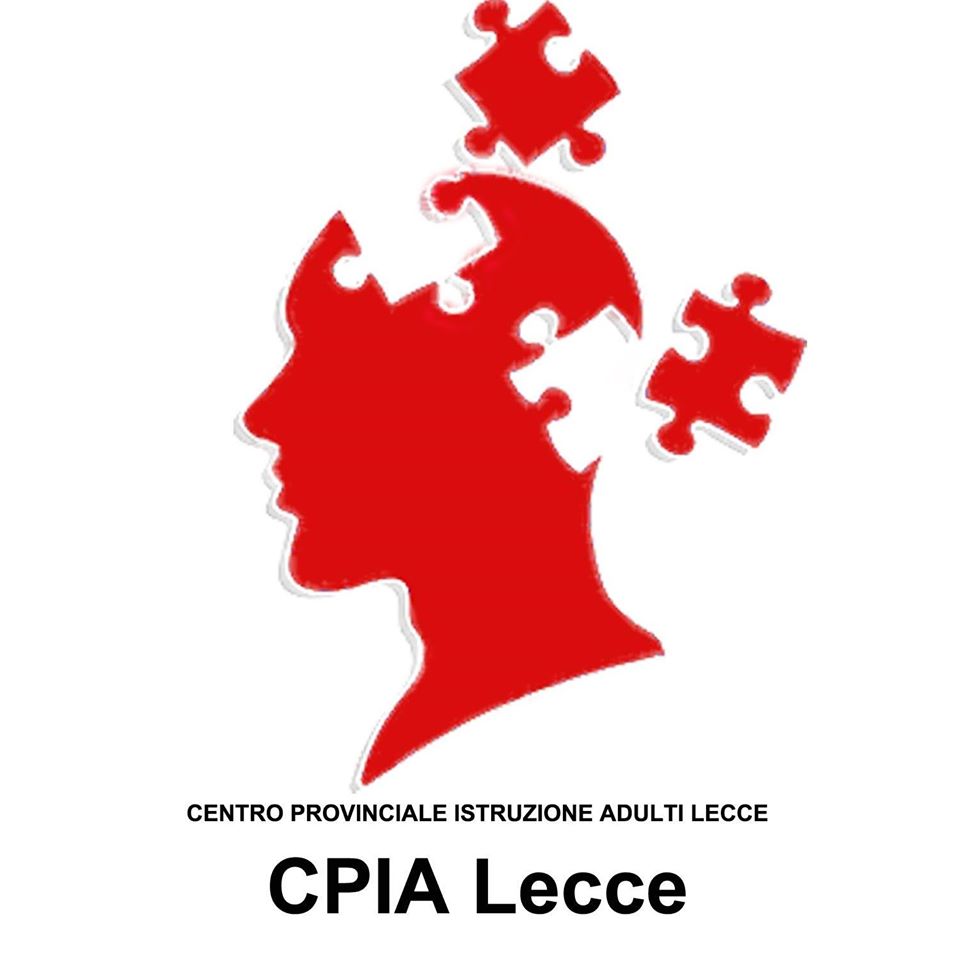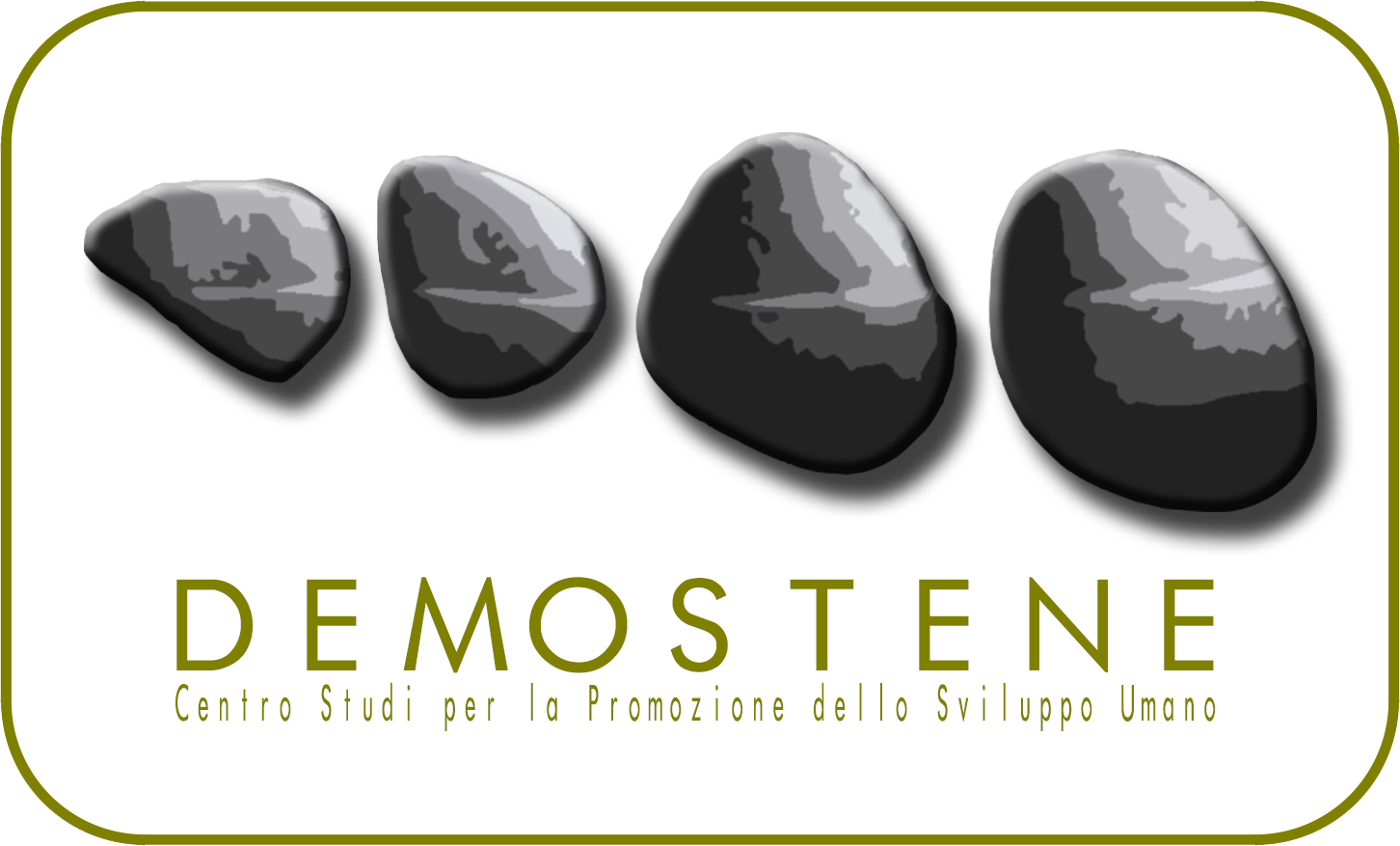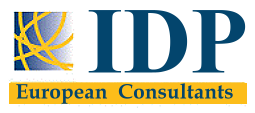 Understanding the fake news concept Understanding the fake news conceptIntroduction
 Click to read Click to read People have always used communication, with information being transmitted in different ways that evolved over time from direct communication (face-to-face dialogue) to indirect communication (written or printed texts and images). The evolution of communication methods has also resulted in changes in the structure of information and messages sent. Compared to traditional modes of communication (newspapers, radio, television), recent ones (the Internet, social media) have radically altered the methods and speed of news dissemination, allowing them to reach far more people in a short period of time. In the digital age, the rapid and widespread dissemination of information, as well as the desire for sensational, encouraged fake or incomplete news. DigComp 2.2.
 Click to read Click to read The Digital Competence Framework for Citizen (DigComp) is a tool developed by the EC, providing a common understanding of what digital competence is. DigComp 2.2. is an updated version of the previous DigComp. It is structured on multiple levels, covering 5 main competence areas: Information and Data Literacy, Communication and Collaboration, Digital Content Creation, Safety and Problem Solving. For each competence area, it defines a set of competences, along with example of knowledge, skills and attitudes. The contents of this module address two highly relevant digital competences as defined in DigComp 2.2., respectively 1.2. Evaluating Data, Information and Digital Content, under Area 1 Information and data literacy, and 5.4. Identifying digital competence gaps, under Area 5 Problem solving. The first competence, 1.2. Evaluating Data, Information and Digital Content, is described in DigComp as “to analyse, compare and critically evaluate the credibility and reliability of sources of data, information and digital content. To analyse, interpret and critically evaluate the data, information and digital content.‘’ This competence encompasses knowledge, skills and attitudes necessary to address key issues in today’s society necessary to meet the increasing digital literacy requirements of today’s society, such as awareness of the fact that the online environment may contain biased information, including misinformation and disinformation and citizens should be able to evaluate the quality of those contents, the reliability of sources and understand that even if a topic is widely reported it doesn’t necessarily mean it’s true. The other competence addressed by this module is related to user’s ability to identify and understand his/her own digital skill gaps and be willing to work on them, by developing a disposition to keep learning, seeking opportunities for self-development and keeping up-to date with the digital evolution. We will help you acknowledge and understand some of the main factors (cognitive, emotional, social) that increase people’s vulnerability to fake news, and misinformation/disinformation in general. What is fake news
 Click to read Click to read Although it received significant attention from media and policy makers during the last years, the ‘fake news’ concept is rather difficult to define and delimitate from other forms of ‘information disorders’ (Wardle, C. 2020). Various online dictionaries, articles and even scientific papers provide different, broader, or narrower definitions and conceptual analyses. With a simple Google search, you will find plenty of definitions. Here are just several examples: “Fabricated information that mimics news media content in form but not in organizational process or intent.” (Lazer et al., 2018). “False or misleading information presented as news.” (Wikipedia) “Newspaper articles, television news shows, or other information disseminated through broadcast or social media that are intentionally based on falsehoods or that intentionally use misleading framing to offer a distorted narrative”. (Kavanagh et al, 2018) Many alternative terms are also used: ‘junk news’, ‘pseudo-news’, ‘false news’ and even pejorative words. But no generally agreed upon definition seems to be available. This led to even more debate and difficult conceptual delimitations: ‘Fake news reports exhibit a lack of truth, but they need not be literally false – they may just be misleading in that they state something that is literally true but conveys something false.’ and ‘…inadvertent journalistic errors should clearly not qualify as fake news.’ (Jaster & Lanius, 2018)
Misinformation and disinformation
 Click to read Click to read
 The importance of identifying fake news The importance of identifying fake news Evaluating information
 Click to read Click to read
Section name: How do fake news affect you?
 Click to read Click to read
Interaction with news
 Click to read Click to read Time spent on news websites, the frequency of visits, and the type of news read allow technology to provide algorithms that can determine patterns for future information promoted to users. This is also valid for social media. As mentioned before, fake news and misleading content evolves and adapts according to what people interact with, pay attention to and share. Always be careful about what you share, and if possible, report problematic content. When accessing a news site and you are not sure about the address, it is recommended to type the name of the site in a search engine and access the official link provided in the results list instead of typing it in the upper address toolbar. This way, you avoid mistyping the address, which can redirect you to a fake website that imitates an original one. On personal digital devices, bookmarks can be created for frequently visited news websites.  Advices and tips for recognizing and avoiding fake news Advices and tips for recognizing and avoiding fake newsHow to spot fake news
 Click to read Click to read
News providers - checking the information
 Click to read Click to read
Reliable news sources – examples
 Click to read Click to read
| ||||||||||||||||||||||||||||||||||||||||||||||||||||||||||||||||

Keywords
News, fake news, information, misinformation, disinformation, news agency, deepfake
Objectives / goals:
The goal of this module is to support learners become more informed and critical consumers of news and information, better equipped to navigate the complex landscape of online media and distinguish between credible and unreliable sources by addressing two relevant DigComp 2.2. competences, respectively 1.2. Evaluating Data, Information and Digital Content and 5.4. Identifying digital competence gaps.
Learning outcomes:
By the end of this module you will be able to:
⮚ Understand and define the concept of fake news
⮚ Differentiate between and other related concepts such as misinformation, disinformation, mal-information and de-information;
⮚ Know and recognize the characteristics of fake news articles
⮚ Understand the psychological and social factors making people more vulnerable to fake news, misinformation and disinformation;
⮚ Critically evaluate and differentiate between reliable and non-reliable information sources
⮚ Check the credibility of news sources
⮚ Recognize and avoid fake news and misleading information.
⮚ Recognize the dangers and negative society impacts of fake news and disinformation in digital era.
⮚ Develop skills in checking the information or the news sources.
⮚ Know where look for trusted information and how to access trustful news resources or providers.
⮚ Develop abilities to avoid spreading fake news and prevent misinformation or disinformation.
Competences:
- Information and Data Literacy
- Communication and Collaboration
- Digital content creation
- Safety
Problem Solving: Identifying digital competence gaps
Practical advices:
• To identify fake news, it is important to check the source of information or the news provider - is the news author mentioned? Is news presented on an official Internet site?
• Try to critically evaluate the news content, to see if it is a true or an impossible one.
• Learn how to make the difference between an opinion and a fact.
• Check the date of the events presented in the news; some ‘news’ refer to events that are not up-to-date.
• Only get news from real and credible sources.
• Do not hesitate to double check the news that seem too good to be true, too weird or too reactionary.
• Check the official national press agencies or international ones (e.g. Reuters, Associated Press, France Presse).
• Check whether the news is "satire" or contains any disclaimers.
• Avoid news sources where texts contain a lot of grammar mistakes, missing letters, many misspelled words.
• Avoid online news sources that contain many pop-up windows, too many commercials or links to weird news.
• Double check news that seem too emotional or too repetitive.
• Avoid news that promote miraculous healings and cures.
• Be aware of the sensationalism in news stories.
• When receiving news by email / phone / other personal accounts make sure you know the sender; never access links received with this type of news message.
Resources (videos, reference link):
Kaspersky.com, How to identify fake news, 2022, February 9.
https://www.kaspersky.com/resource-center/preemptive-safety/how-to-identify-fake-news
Bibliography
Allcott Hunt, Gentzkow Matthew, Social Media and Fake News in the 2016 Election, in Journal of Economic Perspectives, 2017, vol. 31, nr. 2, pp. 211-236.
Barclay Donald A., Fake News, Propaganda, and Plain Old Lies, 2018, Lanham, Rowman&Littlefield Publishing Group.
Bay Sebastian, The Black Market for Social Media Manipulation, NATO Strategic Communications Center of Excellence, Singularex, 2018,
https: //www.stratcomcoe.org/ black-market-social-media-manipulation.
Bennett W. Lance, Livingston Steven, The Disinformation Order: Disruptive Communication and the Decline of Democratic Institutions, 2018 in European Journal of Communication, vol. 33, nr. 2, DOI: 10.1177/0267323118760317, pp. 122-139.
Berger Jonah, Milkman Katherine L., What Makes Online Content Viral?, 2012, in Journal of Marketing Research, vol. 49, nr. 2, DOI: 10.1509/jmr. 10.0353, pp. 1-17.
Cadwalladr Carole, Graham-Harrison Emma, Cambridge Analytica: Links to Moscow Oil Firm and St. Petersburg University, in The Guardian, 2018,
https://www.theguardian. com/news/2018/mar/17/cambridge-academic-trawling-facebook-had-links-to-russian-university.
Carré Christophe, Arta manipulării elegante. Instrumente de persuasiune ale oame¬nilor oneşti, 2017, Meteor Publishing, Bucureşti.
Centre for Media Pluralism and Media Freedom / European University Institute, 2021., European Digital Media Observatory. Description and Analysis of Relevant Emerging Research Topics: Enhancing Content Reliability by Prominence: Indicators for Trustworthy Online Sources,
https://edmo.eu/
Cortada James W., Aspray William, Fake News Nation. The Long History of Lies and Misinterpretations in America, 2019, Lanham, Rowman&Littlefield Publishing Group.
Dempsey Kathy, What’s Behind Fake News and What You Can Do About It, 2017, in Information Today, vol. 31, nr. 4,
http: //www.infotoday.com/it/mayl7/Dempsey-Whats- Behind-Fake-News-and-What-You-Can-Do-About-It.shtml.
EAVI. Infographic: Beyond Fake News – 10 Types of Misleading News – Seventeen Languages - EAVI. EAVI, July 26, 2017.
https://eavi.eu/beyond-fake-news-10-types-misleading-info/.
Egelhofer Jana Laura, Lecheler Sophie, Fake News as a Two-Dimensional Phenomenon: A Framework and Research Agenda, 2019, in Annals of the International Communication Association, vol. 43, nr. 2, DOI: 10.1080/23808985.2019.1602782, pp. 97-116, accesat pe 20 august 2020.
Euronews. Latest Breaking News Available as Free Video on Demand, Euronews, February 26, 2023.
https://www.euronews.com/.
European Commission, Code of Practice on Disinformation, 2018,
https://ec.europa.eu/ digital-single-market/en/news/code-practice-disinformation.
European Commission, Directorate-General for Communications Networks, Content and Technology, A multi-dimensional approach to disinformation : report of the independent High level Group on fake news and online disinformation, Publications Office, 2018,
https://data.europa.eu/doi/10.2759/739290
European Commission, Press Corner, n.d.
https://ec.europa.eu/commission/presscorner/home/en.
European Commission. 2022 Strengthened Code of Practice on Disinformation. (2022, June 16). Shaping Europe’s Digital Future.
https://digital-strategy.ec.europa.eu/en/library/2022-strengthened-code-practice-disinformation
European Commission. Tackling online disinformation. (n.d.). Shaping Europe’s Digital Future.
https://digital-strategy.ec.europa.eu/en/policies/online-disinformation
Eurostat, Flash Eurobarometer 464: Fake News and Disinformation Online, 2018,
https://ec.europa.eu/commfrontoffice/publicopinion/index.cfm/ Survey/getSurveyDetail/instruments/FLASH/yearFrom/1974/yearTo/2018/surveyKy/ 2183, pp. 1-48.
Eurostat. Rules of engagement for handling disinformation — 2022 edition. (n.d.). Products Manuals and Guidelines.
https://ec.europa.eu/eurostat/web/products-manuals-and-guidelines/-/ks-gq-22-003
Faris. How to Balance Your Media Diet. Medium, January 17, 2020,
https://artplusmarketing.com/how-to-balance-your-media-diet-a2140c0311ec.
Greifeneder R. (coord.), Psihologia Fake News – Acceptarea, distribuirea și corectarea informațiilor false, 2021, Editura Trei, București.
H. Ecker, U. K., Lewandowsky, S., Cook, J., Schmid, P., Fazio, L. K., Brashier, N., Kendeou, P., Vraga, E. K., & Amazeen, M. A. (2022, January 12). The psychological drivers of misinformation belief and its resistance to correction - Nature Reviews Psychology. Nature.
https://doi.org/10.1038/s44159-021-00006-y
Holland Park Library | Brisbane City Council, Holland Park Library, n.d.,
https://www.brisbane.qld.gov.au/things-to-see-and-do/council-venues-and-precincts/libraries/library-locations/holland-park-library.
How many people verified online information in 2021? (n.d.). How Many People Verified Online Information in 2021? - Products Eurostat News - Eurostat.
https://ec.europa.eu/eurostat/web/products-eurostat-news/-/ddn-20211216-3
IFLA. How To Spot Fake News; IFLA in the Post-Truth Society, February 26, 2023.
https://www.ifla.org/news/how-to-spot-fake-news-ifla-in-the-post-truth-society/.
International Federation of Library Associations and Institutions (IFLA), IFLA Repository: Cum să ochești o știre falsă, February 1, 2017.
https://repository.ifla.org/handle/123456789/230.
International Federation of Library Associations and Institutions (IFLA), IFLA Repository: How to Spot Fake News, March 1, 2017.
https://repository.ifla.org/handle/123456789/167.
Lanius, David & Jaster, Romy. (2018). What is Fake News?.,
https://www.researchgate.net/publication/328738269_What_is_Fake_News
Lazer, David et. al., The science of fake news: Addressing fake news requires a multidisciplinary effort, Science 359 (6380), 1094-1096,
https://scholar.harvard.edu/files/mbaum/files/science_of_fake_news.pdf
Machethe, Paul & Turpin, Marita. (2020). The Use of Critical Thinking to Identify Fake News: A Systematic Literature Review. 10.1007/978-3-030-45002-1_20.
Marchetti, Jacopo and Mastrogiorgio, Antonio, Becoming Fake: An Evolutionary-Behavioral Framework on Fake News (January 27, 2023). Available at SSRN:
https://ssrn.com/abstract=4340222 or http://dx.doi.org/10.2139/ssrn.4340222
PolitiFact. PolitiFact, n.d.
https://www.politifact.com/.
Rinehart, Aimee. Fake News. It’s Complicated. First Draft, February 16, 2017.
https://firstdraftnews.org:443/articles/fake-news-complicated/.
Statista. Fake news consumption frequency in the EU by country 2022 | Statista. (n.d.).
https://www.statista.com/statistics/1076701/fake-news-frequency-europe/
Tandoc Jr. Edson C, Wei Lim Zheng, Ling Rich, Defining «Fake News». A Typology of Scholarly Definitions”, 2018, in Digital Journalism, vol. 6, nr. 2, DOI: 10.1080/21670811.2017.1360143, pp. 137-153.
Voicu Marian, Matrioşka mincinoşilor. Fake News, manipulare, populism, 2018, Humanitas, Bucureşti.
Vuorikari, R., Kluzer, S. and Punie, Y., DigComp 2.2: The Digital Competence Framework for Citizens - With new examples of knowledge, skills and attitudes, EUR 31006 EN, Publications Office of the European Union, Luxembourg, 2022, ISBN 978-92-76-48882-8, doi:10.2760/115376, JRC128415
Wardle, Claire. Understanding Information disorder - First Draft. (2020, September 22). First Draft.
https://firstdraftnews.org:443/long-form-article/understanding-information-disorder/
BBC – Homepage, n.d.
https://www.bbc.com/.
BBC News. Fake News: Five French Election Stories Debunked, n.d.
https://www.bbc.com/news/world-europe-39265777.
BBC News. Turkey Earthquake: The False Images Shared Online, n.d.
https://www.bbc.com/news/64557407.
Dictionary by Merriam-Webster: America’s most-trusted online dictionary. “Dictionary by Merriam-Webster: America’s Most-Trusted Online Dictionary,” February 26, 2023.
https://www.merriam-webster.com/.
EAVI. Infographic: Beyond Fake News – 10 Types of Misleading News – Seventeen Languages - EAVI. EAVI, July 26, 2017.
https://eavi.eu/beyond-fake-news-10-types-misleading-info/.
Euronews. Latest Breaking News Available as Free Video on Demand, Euronews, February 26, 2023.
https://www.euronews.com/.
European Commission, Press Corner, n.d.
https://ec.europa.eu/commission/presscorner/home/en.
Fact Checks Archive, Snopes.Com, February 24, 2023.
https://www.snopes.com/fact-check/.
FactCheck.org. FactCheck.Org, n.d.
https://www.factcheck.org/.
Faris. How to Balance Your Media Diet. Medium, January 17, 2020,
https://artplusmarketing.com/how-to-balance-your-media-diet-a2140c0311ec.
FEATURE | Public Libraries in the Age of Fake News, Public Libraries Online, n.d.
https://publiclibrariesonline.org/2017/01/feature-public-libraries-in-the-age-of-fake-news/.
Forbes. n.d.
https://www.forbes.com/.
Google Images. n.d.
https://images.google.com/.
Holland Park Library | Brisbane City Council, Holland Park Library, n.d.,
https://www.brisbane.qld.gov.au/things-to-see-and-do/council-venues-and-precincts/libraries/library-locations/holland-park-library.
IFLA. How To Spot Fake News; IFLA in the Post-Truth Society, February 26, 2023.
https://www.ifla.org/news/how-to-spot-fake-news-ifla-in-the-post-truth-society/.
Truth or Fiction? Truth or Fiction?, n.d.
https://www.truthorfiction.com.













